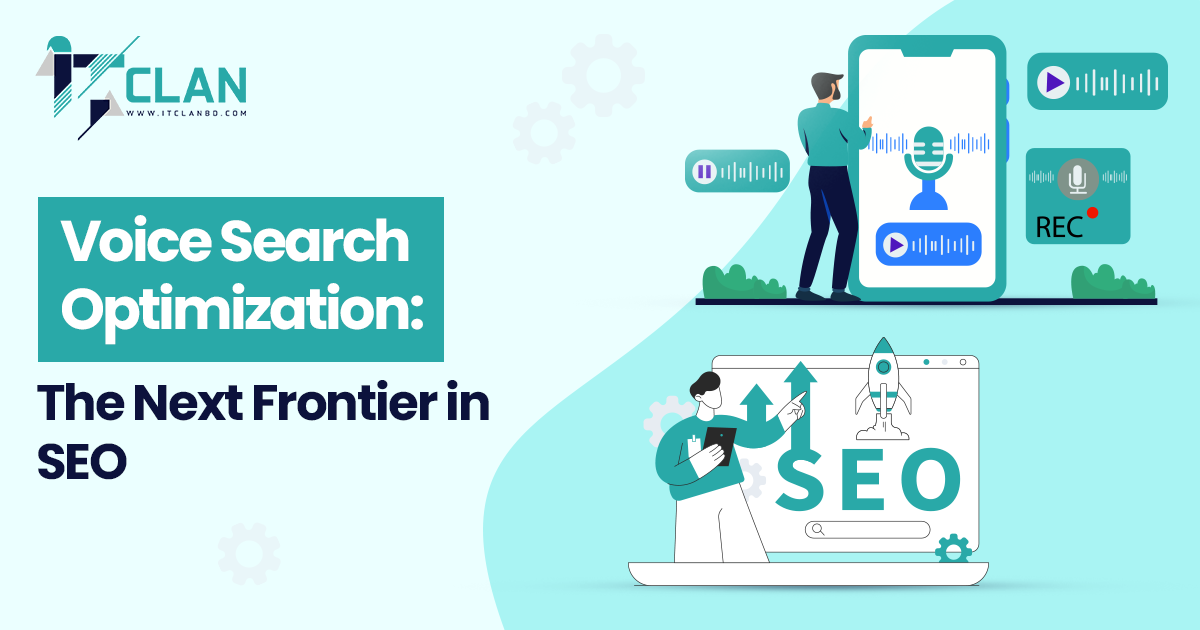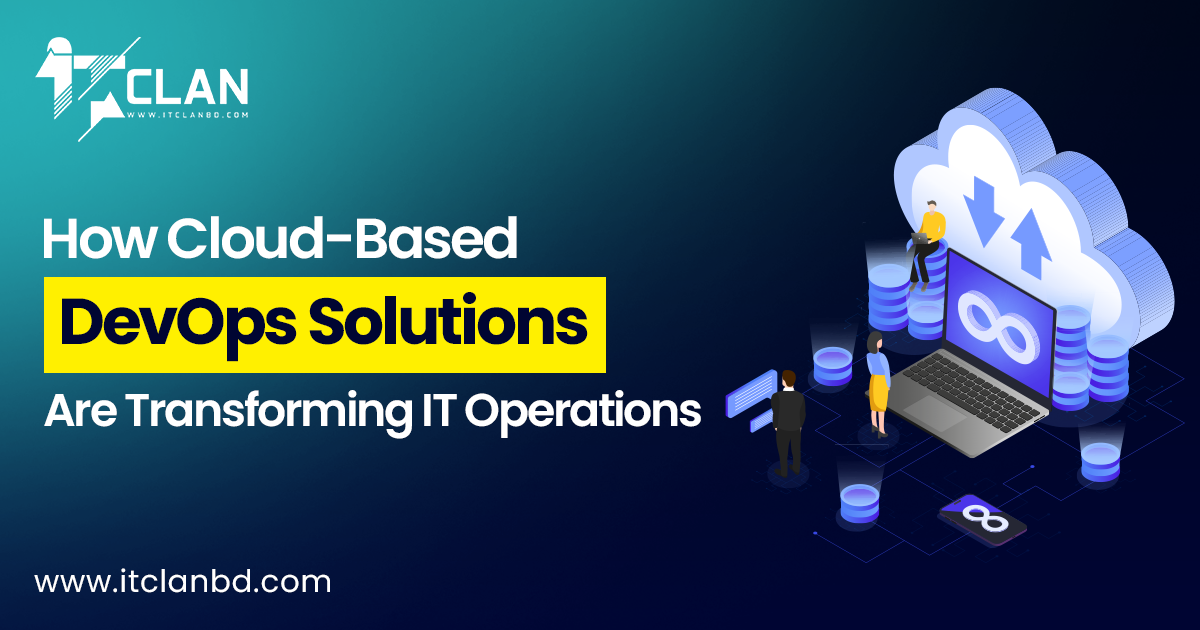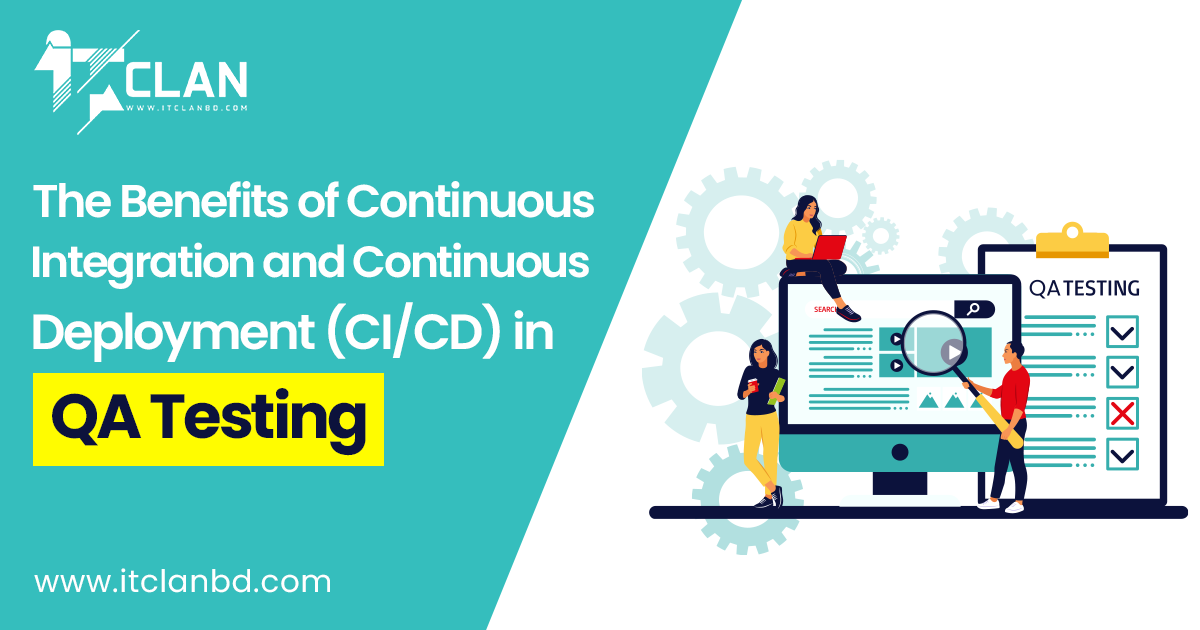
Our Blog Details
Home / Our Blog DetailsHey there! If you’re into software development or even just curious about what’s new in tech, you’re in the right place. Software development is moving faster than ever, and 2025 is shaping up to be an exciting year full of cool trends and innovations. Staying updated can help you build better apps, improve your career, or simply stay ahead of the curve.
So, what’s hot in software development right now? Let’s break down the top trends you need to know this year.
What is Software Development?
At first, let know what is software development and why you need this? Software development is the process of designing, creating, testing, and maintaining software applications or systems. It involves writing code using programming languages to build programs that perform specific tasks or solve problems. The process usually includes planning, coding, debugging, and deploying the software to users.
In simple terms, software development is how people create the apps, websites, and programs we use every day on computers, phones, and other devices.
Why Should You Care About Software Development Trends?
Software development is the backbone of our digital world. From the apps on your phone to the systems running global businesses, it’s everywhere. Knowing the latest trends helps you stay competitive, build better products, and maybe even spark your next big idea. In 2025, we’re seeing game-changing shifts that make development faster, smarter, and more secure. Let’s break down the top trends you need to know.
If you’re looking to align your tech with business goals, check out how web development fuels scalable business growth.
1. Artificial Intelligence and Machine Learning Are Everywhere
You’ve probably heard a lot about AI and machine learning (ML) lately, and for good reason! These technologies are changing how developers work and what apps can do.
How is AI changing software development?
AI-powered tools can now help write code, test apps, and even find bugs automatically. This means developers can spend less time on repetitive tasks and more time on creative problem-solving. For example, AI assistants can suggest code snippets, detect errors in real time, or optimize your app’s performance without manual effort.
What about ML in applications?
ML lets apps learn from data and improve over time. Think of apps that personalize your shopping experience or recommend songs based on your taste. In 2025, more apps will use ML to deliver smarter and more personalized experiences.
Why does this matter?
If you’re developing software, learning how to integrate AI and ML can give you a big advantage. Even if you’re a business owner, knowing these trends can help you pick better solutions or plan smarter digital strategies.
Explore how DevOps boosts software delivery and quality—a key area where AI is making a big difference.
2. Low-Code and No-Code Platforms Are Taking Off
Not everyone is a coding expert and that’s okay! Low-code and no-code platforms let people build apps without writing tons of code. These platforms use drag-and-drop interfaces and simple logic builders, making app creation accessible to business users and beginners.
Why are these platforms so popular in 2025?
They speed up development time and reduce costs. Instead of waiting weeks or months for a developer, teams can create prototypes or full apps quickly. This trend is especially useful for startups or small businesses that want to test ideas fast.
Examples of popular platforms:
- Bubble (no-code)
- OutSystems (low-code)
- Microsoft Power Apps
For developers, these platforms don’t replace you; they help you focus on complex tasks while letting others handle simpler ones.
Explore how DevOps boosts software delivery and quality—a key area where AI is making a big difference.
3. Edge Computing Is Changing How Apps Work
Cloud computing has been a big deal for years, but now edge computing is stealing the spotlight. Instead of processing all data in huge, distant data centers, edge computing processes data closer to where it’s generated—like on your phone or local servers. Combine this with a responsive web design strategy to ensure speed and performance on any device.
Why is this important?
Edge computing reduces delay (latency) and speeds up how apps respond. This is great for things like gaming, real-time video, and Iot devices (think smart homes or connected cars).
For developers, this means:
You’ll need to design apps that can work well in decentralized environments. Edge computing also improves security by limiting data travel, which is a big plus in today’s privacy-focused world.
4. DevOps and Continuous Delivery Keep Evolving
If you work in software, you’ve probably heard of DevOps. It’s the culture and set of practices that bring development and operations teams together to build and release software faster and more reliably.
What’s new in 2025?
DevOps tools are getting smarter and more automated. Continuous Integration and Continuous Deployment (CI/CD) pipelines let developers push code updates safely multiple times a day. This means bugs get fixed quicker and new features reach users faster.
Why should you care?
If your team isn’t using DevOps yet, it’s time to start. Even solo developers benefit from automated testing and deployment tools because they save time and reduce errors.
Combine this with a responsive web design strategy to ensure speed and performance on any device.
5. Security Is Built In from the Start
In the past, security was often an afterthought in software development. Not anymore.
What is “security by design”?
It means building security into every phase of development, from planning to coding to deployment. With cyberattacks rising every year, developers now need to think about protecting user data and preventing vulnerabilities right from the start.
Trends you should know:
- Zero Trust Architecture: Never trust anything by default, even inside the network.
- Automated vulnerability scanning tools that check your code continuously.
- Secure coding practices are taught and adopted widely.
Bottom line: Security isn’t optional anymore, it’s a must-have. Learning secure coding and using security tools will make your apps safer and your users happier.
Combine this with a responsive web design strategy to ensure speed and performance on any device.
6. Progressive Web Apps and Cross-Platform Development Are Winning
People want apps that work everywhere like on phones, tablets, or desktops, without downloading tons of software. That’s where Progressive Web Apps (PWAs) come in.
What are PWAs?
They’re websites that behave like apps. You can install them on your home screen, use them offline, and get fast load times.
Cross-platform frameworks like:
- Flutter
- React Native
make it easier to build apps that run smoothly on both Android and iOS without rewriting code from scratch.
Why does this trend matter?
It saves developers time and money, and users get a better experience no matter what device they use.
If you’re curious about frontend tech, explore the best frontend frameworks for 2025.
7. Quantum Computing: Getting Ready for the Future
Quantum computing is still in its early days, but is gaining serious attention in 2025. While it won’t replace traditional computing soon, it promises to solve certain problems much faster.
What does this mean for software developers?
Some developers are starting to learn quantum programming languages and experiment with quantum algorithms. Industries like finance, pharmaceuticals, and cryptography are especially excited about what quantum can do.
For now:
It’s good to stay informed about quantum trends and explore how this new tech might impact your work in the future.
Also, check how top inventory management challenges are being solved with modern tech like automation and AI.
8. Sustainable and Green Software Development
With climate change top of mind, software developers and companies are focusing on sustainability.
What is green software engineering?
It means writing code and designing systems that use less energy and resources. For example, optimizing algorithms to reduce CPU usage or choosing cloud providers powered by renewable energy.
Why should developers care?
Because efficient software can reduce carbon footprints and save costs. Some companies are even measuring the environmental impact of their software and setting sustainability goals.
9. APIs and Microservices Rule the Architecture
Modern software is rarely built as one giant block. Instead, developers use microservices, small, independent services that work together.
Why is this better?
It makes apps easier to scale, update, and maintain. If one part breaks, the whole system doesn’t go down.
APIs (Application Programming Interfaces) connect these microservices and allow apps to communicate smoothly. If you’re using Laravel, check out how to use AJAX in Laravel to build more dynamic web apps.
In 2025:
More companies will adopt API-first development, meaning they build APIs before anything else to ensure everything integrates well. This helps businesses move faster and build flexible software ecosystems.
Wrapping It Up
So, what should you take away from all this? Software development in 2025 is all about speed, intelligence, security, and flexibility. Whether you’re a coder, a tech leader, or a business owner, these trends will shape how software is made and used.
- AI and ML make development smarter and apps more personalized.
- Low-code/no-code platforms open doors for non-developers to create software.
- Edge computing improves speed and security for real-time apps.
- DevOps and CI/CD help you build and release faster.
- Security by design keeps your software safe.
- PWAs and cross-platform tools give users smooth experiences anywhere.
- Quantum computing is the future—keep an eye on it.
- Green software helps the planet and your budget.
- API and microservices architecture make apps scalable and flexible.
Want to stay ahead? Keep learning, experiment with new tools, and don’t be afraid to try something new. The tech world moves fast, but that’s what makes it exciting.
If you’re interested in getting professional help with your software projects or want to know how these trends can fit your business, check out ITclan BD’s software development service. We’re here to help you build smarter, faster, and safer software in 2025!
Frequently Asked Questions
The biggest trend in 2025 is the rise of generative AI tools in development. From writing code to debugging and testing, AI copilots are now becoming essential in daily developer workflows.
AI is streamlining development tasks like coding, testing, and documentation. It’s also powering AI-native applications that are built around machine learning models for smarter, more personalized user experiences.
Platform engineering focuses on building internal tools and systems that make development faster and more efficient. It helps teams automate infrastructure, improve DevOps workflows, and reduce deployment time.
It means managing everything—from infrastructure to security policies—using code. This approach allows better automation, version control, and scalability.
Developers are focusing on writing energy-efficient code, reducing resource usage, and using tools to measure carbon impact. It’s about building apps that are both high-performing and environmentally responsible.
Recent Blog Post
Quality Is Our Strength

Voice Search Optimization: The Next Frontier in SEO...
Have you ever asked Google Assistant to “find the best restaurant near me”? Or did you tell Siri to “play relaxing music”?If yes, then you’ve already used voice search, which is o...

How Cloud-Based DevOps Solutions Are Transforming IT Operati...
The technology is upgrading fast, as well as, businesses can’t afford to wait weeks or months for software updates. Customers expect smooth experiences, fast features, and quick fixes whe...

The Benefits of Continuous Integration and Continuous Deploy...
Right now, software development is no longer about releasing updates once in a blue moon. Users expect frequent updates, faster features, and bug-free experiences. This is where Continuous ...

